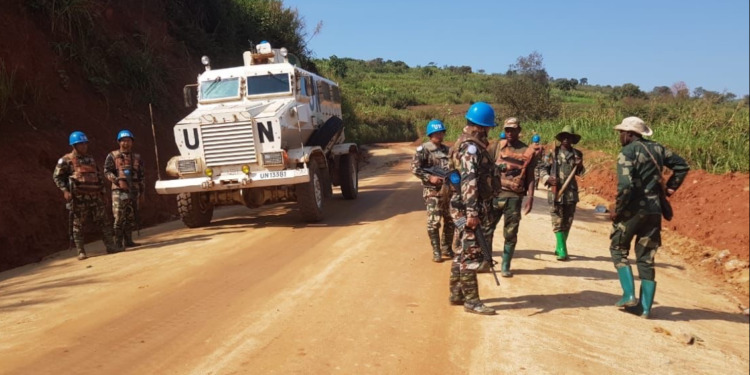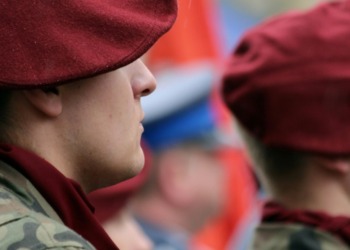At least 15 people were killed and over 50 were wounded by the second day of protests in the Congo’s troubled Northeast. This region is known to the world for continuous conflict and displacement as well as repeated episodes of civilian massacres, with over 120 armed groups that call it home and often fight between them.
At least 15 people, including three UN peacekeepers, were killed in the east of the Democratic Republic of Congo. For days, protesters have demanded the departure of the UN, accusing them of failing to protect civilians from attacks by militant groups. https://t.co/wwefospNsH pic.twitter.com/6sjFRqBiEc
— The New York Times (@nytimes) July 27, 2022
The UN reported that among the victims of the protests are three members of its peacekeeping mission: One Moroccan peacekeeper and two UN police officers from India.
The people of Congo have been protesting against the United Nations mission in the Democratic Republic of the Congo, one of the world’s biggest peacekeeping operations, demanding it left their country.
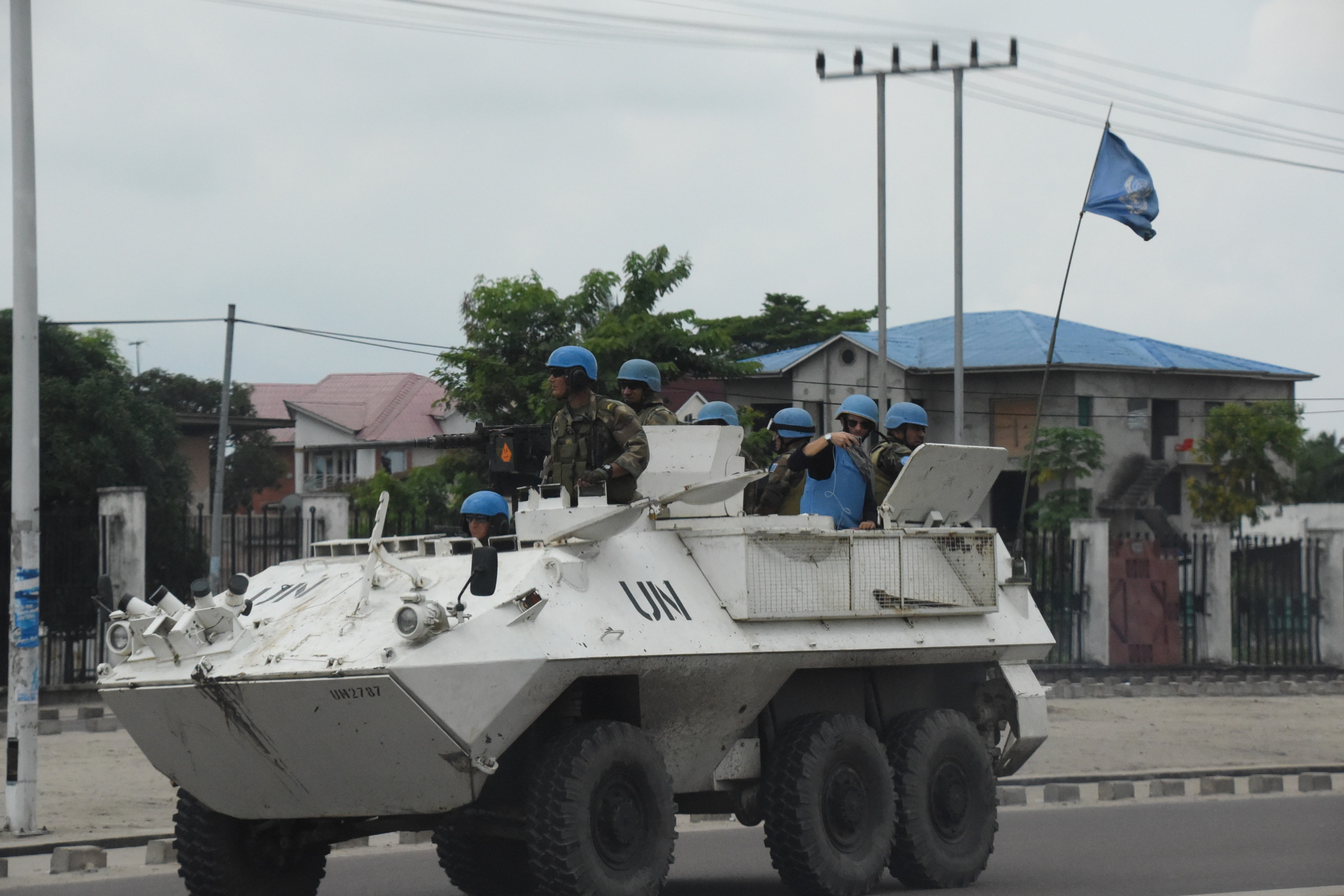
MONUSCO: A UN Peacekeeping mission in trouble
The UN mission, now called the United Nations Organization Stabilization Mission in the Democratic Republic of the Congo (MONUSCO), first arrived in the Congo following its independence from Belgium in 1960.
Deployed after the Congo appealed to the UN for help, the United Nations Operation in the Congo (ONUC), as it was known back in 1960, was the UN’s first mission with significant military capabilities.
Over the years, however, the mission has been withdrawing troops gradually and closing offices in the country’s least conflict-affected regions. By 2021, MONUSCO had more than 12,000 peacekeeping troops and 1,600 police officers.
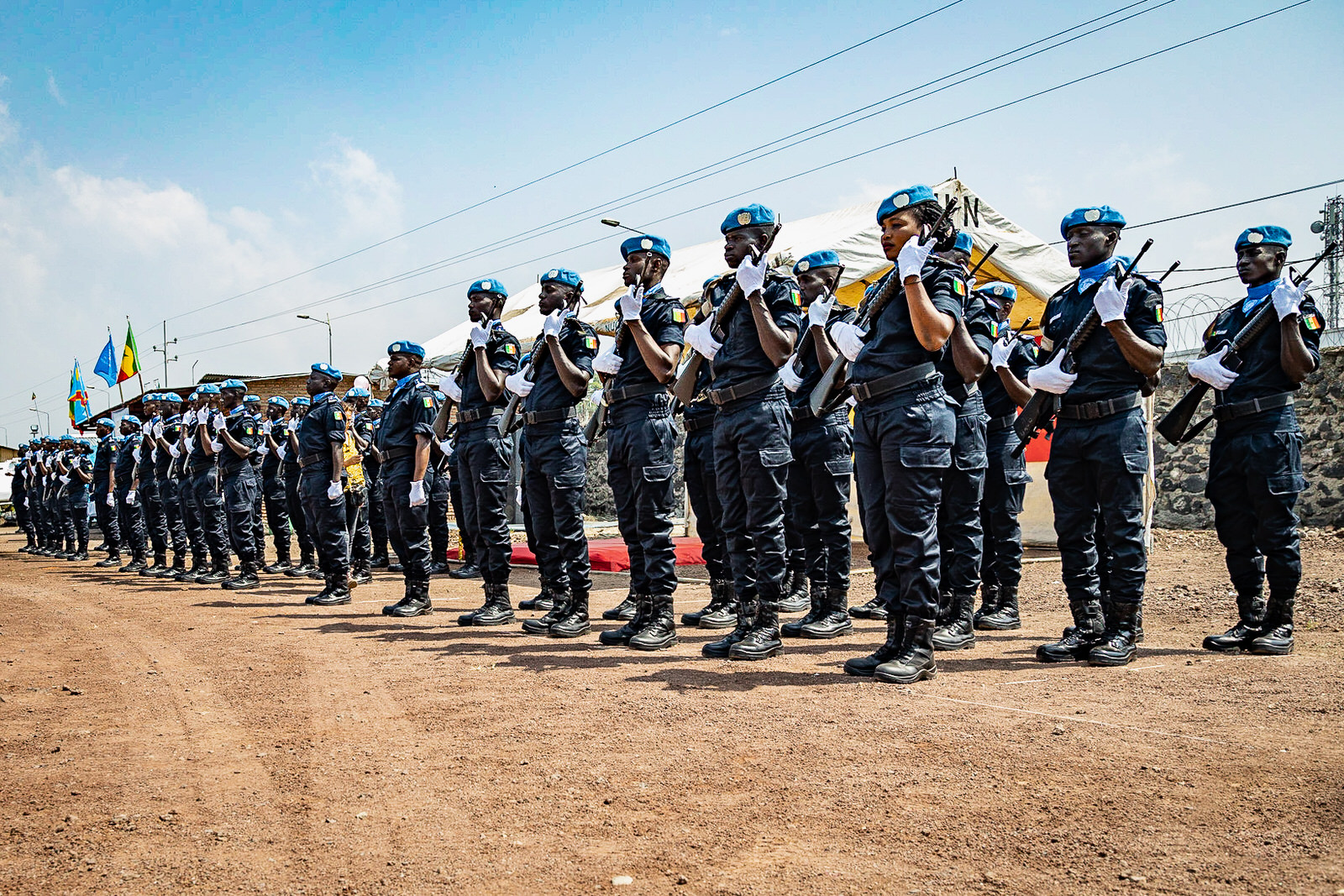
It should be noted that troops’ withdrawal in a tense political situation is always a challenge, and MONUSCO predictably is having trouble closing operations. More broadly, in the turbulent Eastern Congo, the UN operation “regularly came under criticism” for failing to stop the fighting that has not ceased for decades, Al Jazeera explains.
And this, apparently, is why the Congolese people are now protesting against the mission – because the mission to end the decade-long bloodshed evidently failed. It was never an easy task given the limitations placed on UN peacekeepers that are not allowed to intervene in any way except defensively.
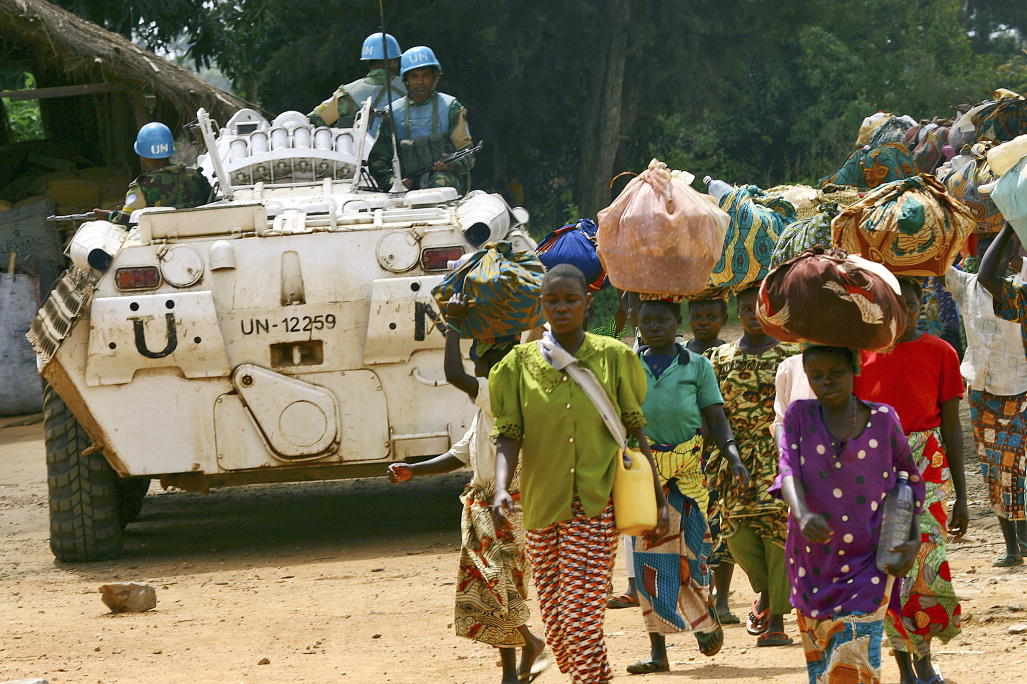
To the people of Congo, this failure seems to have been becoming more and more detrimental as the violence continued to rise, particularly the recent and resurgent fighting between Congolese troops and rebel groups, which has displaced thousands of people.
Moreover, the attacks linked to the Islamic State have also become more frequent recently (even with the state of emergency declared over a year ago), adding to the growing tension.
Anti-mission unrest
The demonstrations began on Monday in Eastern Congo and were relatively peaceful at first. Crowds of people took to the streets to block roads around the MONUSCO headquarters and chant slogans against the UN and its mission, demanding it leaves the Congo.
But it wasn’t long before the protests turned violent. How exactly this happened is hard to tell; some sources say it started when the protestors began picking up tear-gas grenades (which the UN peacekeepers had been throwing at them) and returning them back to the MONUSCO facilities.
The UN says the protestors “violently snatched weapons” from the local police, which was deployed at the scene alongside the Congolese army but reportedly without opening fire, and that they starting shooting at UN peacekeepers.
Related Articles: First the Amazon, Now the Congo Basin: Another Step Back in the Fight Against Climate Change
According to the UN, the protestors had also been “throwing stones and petrol bombs, breaking into bases, and looting and vandalizing facilities.”
Whatever it was that triggered the violence, the MONUSCO facilities were eventually stormed and set on fire on Monday, and again on Tuesday, when the unrest also spread further north. At least 15 people lost their lives and more than 50 have been injured.
The protests, AP writes, were called by a “faction of the ruling party’s youth wing that accuses MONUSCO of failing to protect civilians against militia violence.”
UN Response
UN Secretary-General Antonio Guterres strongly condemned the violence, saying it could “constitute a war crime,” deputy UN spokesperson Farhan Haq said.
U.N. chief condemns deadly violence targeting U.N. in Congo https://t.co/CQilhaLyRJ pic.twitter.com/inKkaUQ4iF
— Reuters (@Reuters) July 27, 2022
Referring to Guterres, Haq said:
“He underscores that any attack directed against United Nations peacekeepers may constitute a war crime and calls upon the Congolese authorities to investigate these incidents and swiftly bring those responsible to justice.”
As Haq then told reporters, the situation was “extremely volatile and reinforcements were being mobilised;” meanwhile the UN forces were told to “excercise maximum restraint.”
What “maximum restraint” means under the circumstances is anyone’s guess. One can only hope that it will not lead to more killing of UN peacekeepers.
Once again, this shows the ambiguity in fielding out peacekeeping missions without careful consideration of their mandate that is by definition extremely complex and must necessarily vary with the circumstances – variations that are often difficult for the UN Secretariat to implement in time, given the often contrasting political pressures coming from UN member countries.
Editor’s Note: The opinions expressed here by the authors are their own, not those of Impakter.com – In the Featured Photo: Unrest in the Congo. Source: MONUSCO.


